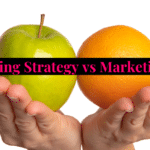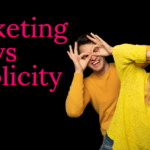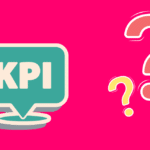When it comes to digital marketing, two channels stand out as the most effective and reliable means of reaching and engaging with customers: email marketing and SMS marketing.
SMS marketing is direct, immediate, and boasts a staggering 98% open rate within 3 minutes of being received. It’s the king of immediate communication. On the other hand, email marketing is the go-to channel for more in-depth and detailed communication, with an average open rate of 35% and an average click-through rate of 2.2%.
Each channel has its own set of benefits and limitations, and understanding the differences between the two can help you determine which is the best fit for your specific marketing needs.
Let’s delve into the realm of SMS marketing and email marketing, exploring their unique strengths and weaknesses, and providing you with valuable insights on which channel is best for your marketing strategy.
Let’s get started!

Firstly, let’s just clarify what we are working with here.
What is SMS Marketing?
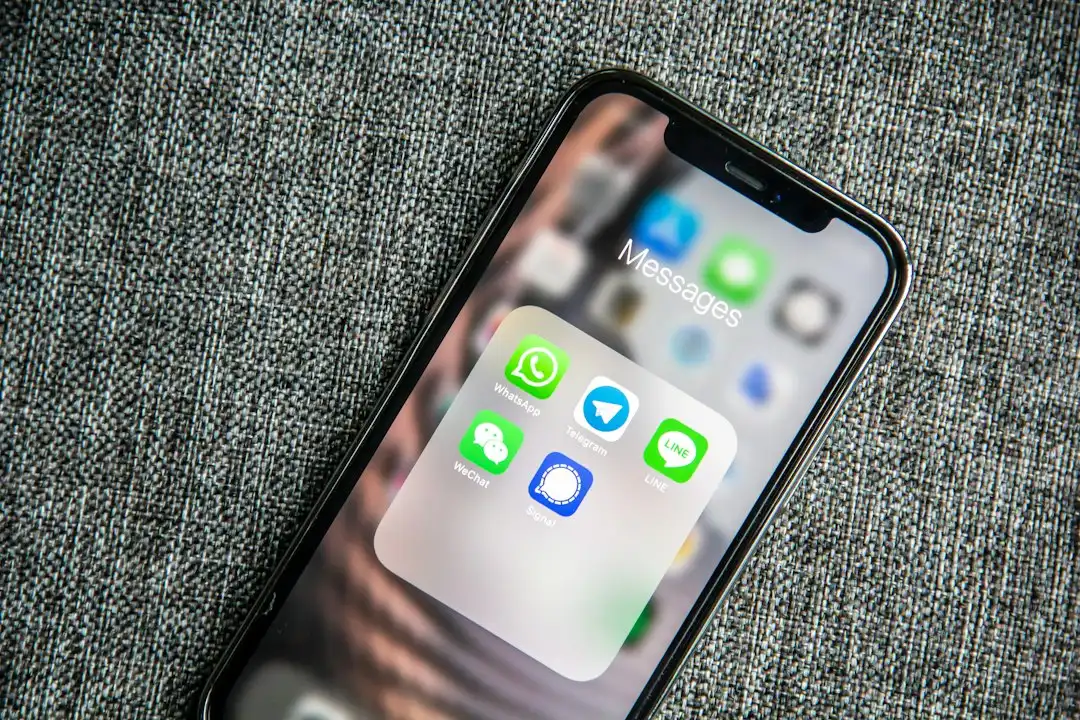
SMS marketing, also known as text message marketing, is a marketing channel that involves sending promotional or transactional messages to customers via SMS (Short Message Service) or text messages.
This direct communication method is particularly effective for reaching a broad audience quickly and efficiently. The immediacy of text messaging makes it an ideal choice for time-sensitive promotions, reminders, or updates.
When used effectively, SMS marketing can yield high engagement rates and drive customer actions.
But, what about email marketing?
What is Email Marketing?
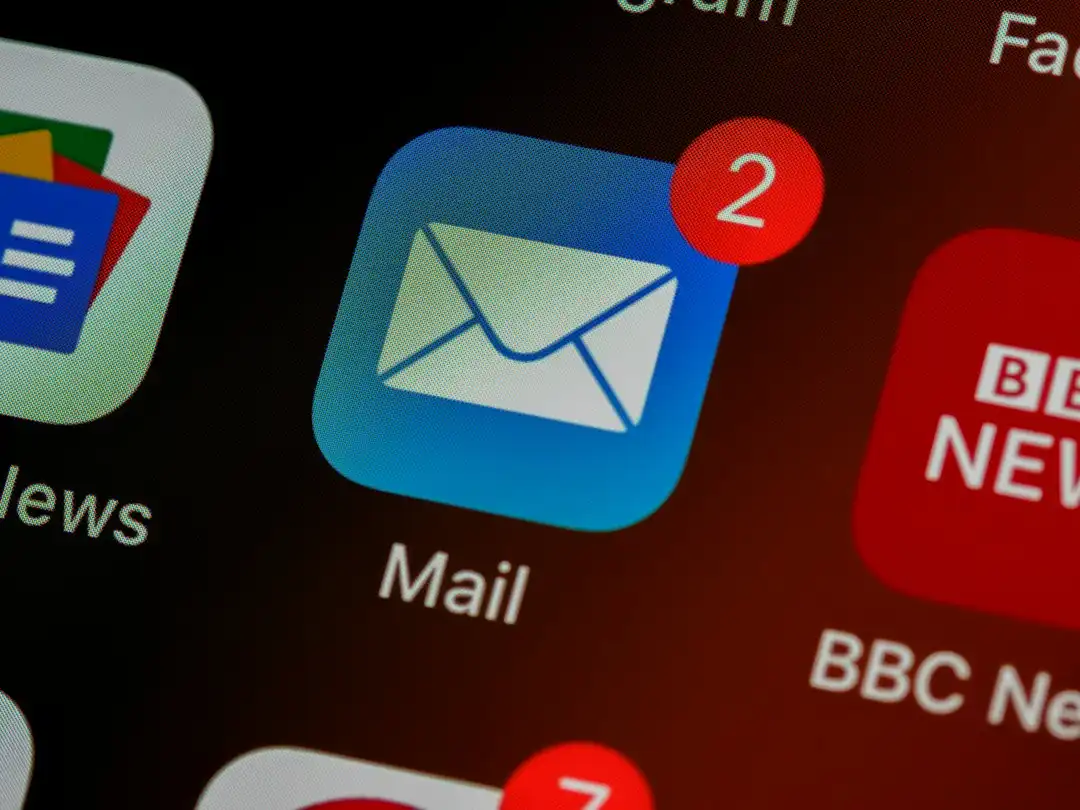
Email marketing is the practice of sending commercial messages to a group of people, typically using email. This marketing strategy involves building an email list of potential customers or leads and sending them valuable content and offers to nurture them into paying customers.
Email marketing allows businesses to build and maintain relationships with their audience and stay top-of-mind with their subscribers.
This marketing channel offers flexibility and customization, as well as the ability to track and measure the performance of email campaigns through metrics like open rates, click-through rates, and conversion rates.
Now, let’s jump right into to comparing things.
SMS Marketing vs Email Marketing: Key Differences

Both SMS and email marketing are effective strategies for engaging with your audience, but they have distinct differences in terms of reach, engagement, and personalization.
In this section, we’ll highlight the key differences between the two, helping you understand which might be more suitable for your specific marketing goals.
We’ve broken this comparison into 4 parts:
- reach and engagement
- personalization and customization
- regulations and compliance
- costs
Starting with reach and engagement.
1. Reach and Engagement

SMS messages have a higher open rate and a higher click-through rate compared to email. According to this report, SMS messages have an open rate of around 98% within 3 minutes of being received, whereas email open rates vary depending on the industry, but the average open rate is around 21%.
This makes SMS marketing a powerful tool for reaching your audience quickly and ensuring that your messages are seen and acted upon.
Emails, on the other hand, may not be opened or read immediately, and can sometimes get lost in a crowded inbox.
The potential worst thing these days is getting flagged as a “Promotion” and not even making it to the inbox!
On another note, while SMS marketing may have higher open and click-through rates, it’s important to note that email marketing has a wider reach, as not all consumers have opted in to receive SMS marketing messages.
Lastly, email marketing allows for more in-depth and detailed communication, making it a better choice for nurturing leads and providing comprehensive information to your audience.
Now, let’s get personal.
2. Personalization and Customization

Both SMS and email marketing can be personalized to some extent, but email marketing offers more flexibility in terms of content and design.
Emails can include images, videos, and other multimedia elements, allowing for a more visually engaging experience.
On the other hand, SMS messages are limited to text, making them more suitable for brief and concise messages.
However, SMS marketing excels in terms of immediacy and directness, which can create a more personal and urgent connection with your audience.
Additionally, SMS marketing often requires the recipient’s explicit consent to receive messages, making it more likely that the messages will be relevant and well-received.
Email marketing is more effective when it comes to creating more detailed and visually appealing content, but SMS marketing offers a more personal and direct approach.
The best channel for your marketing efforts will depend on your specific goals and the preferences of your target audience.
The best thing about all of this is that you can test, measure, and pivot your strategy as needed!
3. Regulations and Compliance

Both SMS and email marketing are subject to regulations and compliance requirements to protect consumers from unwanted or spam messages.
In the United States, SMS marketing falls under the regulations of the Telephone Consumer Protection Act (TCPA), which requires businesses to obtain explicit consent from recipients before sending commercial text messages.
Additionally, the Federal Communications Commission (FCC) has strict rules regarding the use of automated text messaging and the frequency of messages.
Email marketing is governed by the CAN-SPAM Act, which also requires businesses to obtain permission from recipients before sending commercial emails.
The law also mandates that all marketing emails include a visible and easily accessible unsubscribe option.
Both SMS and email marketing must adhere to these regulations to avoid fines and legal consequences.
4. Costs

SMS marketing tends to be more expensive than email marketing, primarily due to the fees associated with sending text messages.
While some email marketing platforms charge a fee based on the number of subscribers or the volume of emails sent, the cost is often lower than that of SMS marketing.
SMS marketing may involve charges per message, which can add up quickly, especially for businesses with large customer bases.
However, the higher open and click-through rates of SMS messages can potentially lead to a higher return on investment (ROI) compared to email marketing.
Email marketing can be a more cost-effective solution for businesses looking to reach a large audience while keeping their marketing budget in check.
It is important to consider the costs associated with both channels and the potential return on investment when determining the most suitable marketing strategy for your business.
How to Use SMS and Email Marketing in Your Strategy

Now that we’ve discussed the differences between SMS marketing and email marketing, you might be wondering which is the right choice for your business.
In reality, the most effective marketing strategy often involves using a combination of both SMS and email marketing to reach your audience.
Each channel has its own strengths and weaknesses, and when used in conjunction, they can complement each other and enhance your overall marketing efforts.
In this section, we’ll explore how to integrate SMS and email marketing into your strategy for maximum impact.
1. Building Your Audience
To effectively leverage both SMS and email marketing, you’ll need to build and maintain a strong and engaged audience for each channel.
For email marketing, this involves growing your email list with relevant and interested subscribers.
You can achieve this by offering valuable content, incentives, or discounts in exchange for their email address.
It’s important to regularly engage with your email subscribers by sending them informative and personalized emails, encouraging them to open and interact with your content.
Similarly, to grow your SMS marketing audience, you’ll need to obtain explicit consent from your customers to receive text messages.
You can do this by including a checkbox on your website or in-store checkout process, allowing customers to opt-in to receive SMS notifications or promotions.
Regularly sending engaging and relevant SMS messages can help maintain an active and responsive SMS audience.
2. Understanding Your Audience
Knowing your audience is crucial for crafting effective marketing messages, whether through email or SMS.
You can use analytics tools and customer data to gain insights into your audience’s preferences, behaviors, and demographics.
Understanding these insights will allow you to segment your audience and tailor your messages to be more relevant and personalized.
Email marketing allows for more detailed and long-form content, making it suitable for educating your audience or providing in-depth information.
SMS marketing, on the other hand, is best for delivering quick and urgent messages or time-sensitive offers.
By understanding your audience and their preferences, you can create a more effective and engaging marketing strategy.
3. Integrating SMS and Email
Integrating SMS and email marketing allows you to create a seamless and consistent experience for your audience.
You can use both channels to complement each other, ensuring that your messages are seen and heard across multiple touchpoints.
For example, you can use email to introduce a new product or promotion and follow up with an SMS reminder to create a sense of urgency.
You can also use SMS to encourage subscribers to open and engage with an email, increasing the likelihood of conversion.
Integrating both channels can also help you measure the effectiveness of your marketing efforts.
By tracking key performance indicators (KPIs) like open rates, click-through rates, and conversion rates for both SMS and email, you can gain valuable insights into what resonates with your audience and optimize your marketing strategy accordingly.

Our Final 2 Cents
In the digital age, SMS marketing and email marketing have become indispensable tools for businesses to connect with their customers.
As we’ve explored in this article, each channel has its own unique strengths and weaknesses, and the key to a successful marketing strategy lies in understanding how to harness the power of both.
SMS marketing offers unparalleled immediacy and directness, making it perfect for time-sensitive promotions and creating a personal connection with your audience.
On the other hand, email marketing provides a more in-depth and customizable platform for nurturing leads and delivering rich content.
By integrating both SMS and email marketing, you can create a multi-faceted marketing strategy that ensures your messages are seen and heard across various touchpoints.
So, whether you’re crafting a compelling email or a succinct SMS, remember that each channel has its own superpower, and by using them in tandem, you can create a marketing strategy that truly stands out in the digital landscape.
Interested and a video comparison, the clip below explains it perfectly.
Frequently Asked Questions
What is the difference between SMS and email marketing?
The main difference between SMS and email marketing lies in the communication channel used to reach customers.
SMS marketing involves sending text messages directly to a customer’s mobile phone, while email marketing involves sending commercial messages to a customer’s email inbox.
Both channels have their own unique advantages and can be used in combination to reach a wider audience and achieve specific marketing goals.
What are the benefits of SMS marketing over email marketing?
SMS marketing has several advantages over email marketing, including higher open rates, quicker delivery, and a more personal connection with customers.
SMS messages are typically opened within minutes, while emails may sit in an inbox for hours or days.
SMS marketing is also more direct and personal, as messages are received on a customer’s mobile phone, a device that is often kept close at hand.
This can result in a higher level of engagement and a greater likelihood of customers taking action on the message.
How to send SMS and email marketing messages?
To send SMS marketing messages, you can use a specialized SMS marketing platform or software that allows you to create and send text messages to a list of subscribers.
You’ll need to obtain consent from customers before sending messages and may be subject to regulations such as the Telephone Consumer Protection Act (TCPA) in the United States.
For email marketing, you can use an email marketing platform or software that enables you to design, create, and send emails to your subscriber list.
You should also ensure that you have obtained consent from customers and comply with regulations such as the CAN-SPAM Act.
What are the costs associated with SMS and email marketing?
The costs of SMS and email marketing can vary depending on the platform or service you choose and the volume of messages you plan to send.
SMS marketing typically involves charges per message, while email marketing may have a monthly subscription fee based on the number of subscribers or the volume of emails sent.
In general, SMS marketing tends to be more expensive than email marketing, but it can also offer a higher return on investment due to its higher open rates and quicker delivery.
What are the best practices for SMS and email marketing?
Best practices for both SMS and email marketing include obtaining consent from customers before sending messages, personalizing content, and segmenting your audience.
You should also keep your messages concise and relevant, test different strategies to optimize your campaigns, and track key performance metrics such as open rates, click-through rates, and conversions.
Additionally, it’s important to comply with relevant regulations and ensure that customers have an easy way to opt-out of receiving messages.
How to measure the effectiveness of SMS and email marketing campaigns?
To measure the effectiveness of your SMS and email marketing campaigns, you can track key performance indicators such as open rates, click-through rates, and conversion rates.
These metrics will give you insights into how well your messages are resonating with your audience and how many customers are taking action as a result of your campaigns.
You can also use A/B testing to compare different strategies and optimize your campaigns over time.

